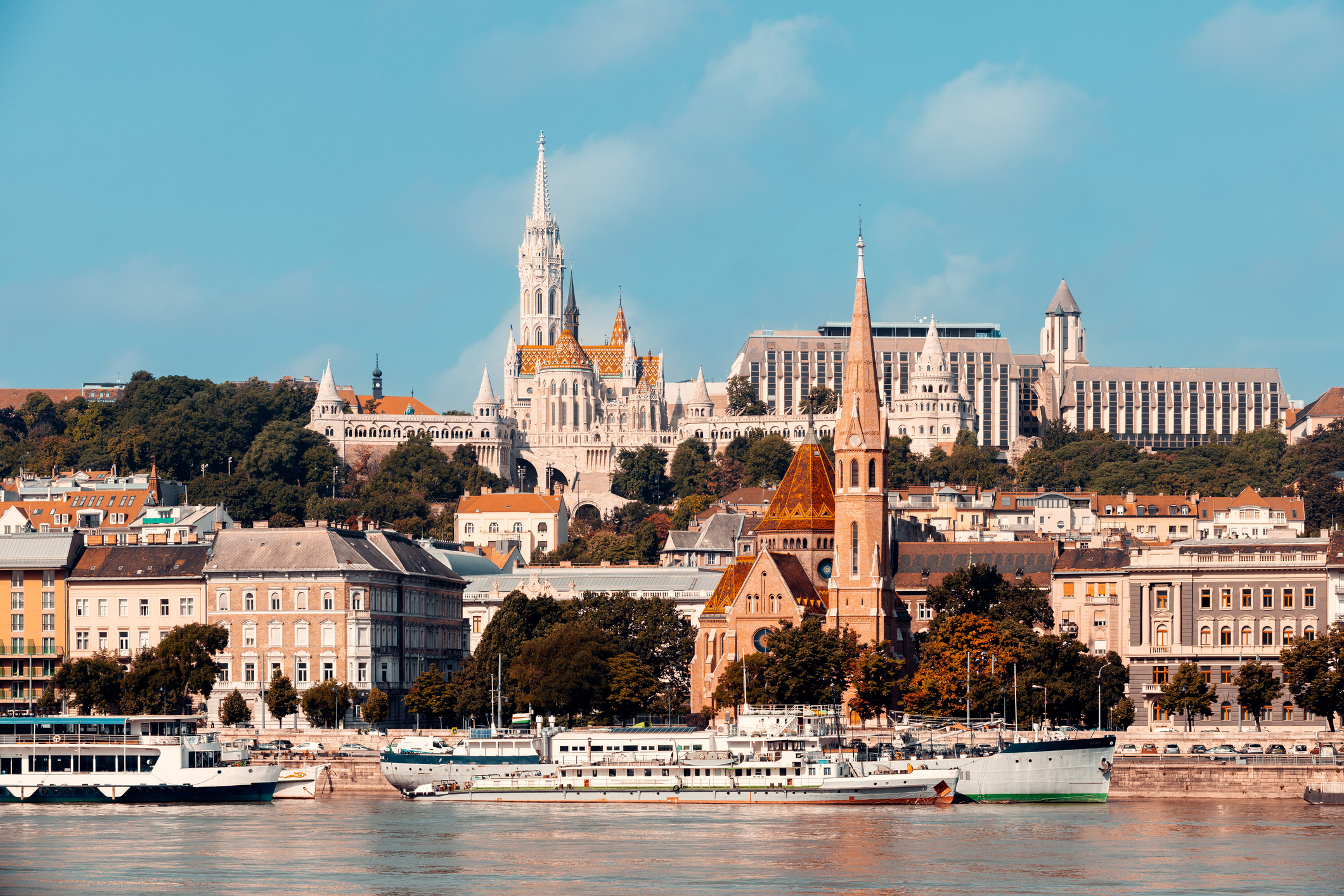Cuba Slowly Opening to Travel
There are still restrictions, but once you get there you can load up on cigars.

New U.S.–Cuba travel regulations have made it easier for Americans to visit Cuba and spend money there than it has been for more than a half-century. But you’ll still have to jump through a few hoops.
As in the past, Americans must travel to Cuba for one of 12 authorized purposes, including family visits, journalistic activities and humanitarian work. Under the new law, however, travelers no longer have to apply for a specialized license from Uncle Sam. Rather, indicating the purpose of your trip is as easy as signing an affidavit. “It’s essentially self-policing,” says Christopher P. Baker, a Cuba travel expert and author of the guidebook Moon Cuba. “If you believe you fall into one of those categories, you can check a box and go.”
Once you get there, you’ll no longer be bound by the $179-per-day spending limit for Americans. And you may now bring back up to $400 in Cuban goods, including up to $100 worth of rum and cigars. U.S. credit card companies are getting in on the action; MasterCard began allowing transactions in Cuba in March. But it remains to be seen how efficiently Cuban businesses will be able to process credit card transactions.

Sign up for Kiplinger’s Free E-Newsletters
Profit and prosper with the best of expert advice on investing, taxes, retirement, personal finance and more - straight to your e-mail.
Profit and prosper with the best of expert advice - straight to your e-mail.
For now, conventional tourism is still prohibited. The broadest category is so-called people-to-people educational trips, which are open to all U.S. citizens and are typically organized through travel companies. Even so, you’ll have to keep records of your trip for at least five years to prove that you weren’t relaxing on the beach all day. It’s unclear, however, how closely the U.S. Treasury Department will monitor American visitors’ movements.
Opening the island to American tourism will be a gradual process, as airlines work out agreements with aviation authorities and hotel capacity expands. A decade from now, though, vacationing in Cuba could be as no-fuss as a trip to Miami Beach.
Get Kiplinger Today newsletter — free
Profit and prosper with the best of Kiplinger's advice on investing, taxes, retirement, personal finance and much more. Delivered daily. Enter your email in the box and click Sign Me Up.

Ryan joined Kiplinger in the fall of 2013. He wrote and fact-checked stories that appeared in Kiplinger's Personal Finance magazine and on Kiplinger.com. He previously interned for the CBS Evening News investigative team and worked as a copy editor and features columnist at the GW Hatchet. He holds a BA in English and creative writing from George Washington University.
-
 Stock Market Today: Stocks Gain on Tech, Auto Tariff Talk
Stock Market Today: Stocks Gain on Tech, Auto Tariff TalkThe Trump administration said late Friday that it will temporarily halt tariffs on some Chinese tech imports.
By Karee Venema
-
 Sam's Club Plans Aggressive Expansion: Discover Its New Locations
Sam's Club Plans Aggressive Expansion: Discover Its New LocationsSam's Club expansion plans will open up to 15 new stores each year. Learn where they plan to open in 2025.
By Sean Jackson
-
 Roth IRA Contribution Limits for 2025
Roth IRA Contribution Limits for 2025Roth IRAs Roth IRA contribution limits have gone up. Here's what you need to know.
By Jackie Stewart
-
 Four Tips for Renting Out Your Home on Airbnb
Four Tips for Renting Out Your Home on Airbnbreal estate Here's what you should know before listing your home on Airbnb.
By Miriam Cross
-
 Five Ways to a Cheap Last-Minute Vacation
Five Ways to a Cheap Last-Minute VacationTravel It is possible to pull off a cheap last-minute vacation. Here are some tips to make it happen.
By Vaishali Varu
-
 Best Places to Visit Where the Dollar Is Strong
Best Places to Visit Where the Dollar Is StrongFrom the Americas and Europe to Africa and Asia, we list the 10 best places to travel to where the U.S. dollar is the strongest.
By Quincy Williamson
-
 24 Best Travel Websites and Apps to Find Deals and Save You Money
24 Best Travel Websites and Apps to Find Deals and Save You MoneyTravel Use Kiplinger's guide to the best travel websites and find discounts and deals so you can vacation without breaking the bank.
By Rivan V. Stinson
-
 How to Figure Out How Much Life Insurance You Need
How to Figure Out How Much Life Insurance You Needinsurance Instead of relying on rules of thumb, you’re better off taking a systematic approach to figuring your life insurance needs.
By Kimberly Lankford
-
 Amazon Big Deal Days Is Coming! We’ve Got All the Details
Amazon Big Deal Days Is Coming! We’ve Got All the DetailsAmazon Prime To kick off the holiday season with a bang, Amazon Big Deal Days runs Tuesday, October 8 and Wednesday, October 9.
By Bob Niedt
-
 How to Shop for Life Insurance in 3 Easy Steps
How to Shop for Life Insurance in 3 Easy Stepsinsurance Shopping for life insurance? You may be able to estimate how much you need online, but that's just the start of your search.
By Kaitlin Pitsker